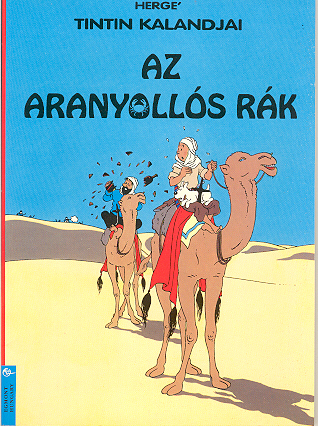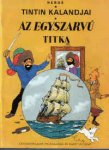| TINTIN LANGUAGES | |
| AFRIKAANS | |
| ALGUERES | |
| ALSATIAN | |
| ARABIC | |
| ASTURIAN | |
| BASQUE | |
| BERNESE | |
| BENGALI | |
| BRETON | |
| BULGARE | |
| CAMBODIAN | |
| CATALAN | |
| CHINESE | |
| CORSICAN | |
| CZECH | |
| DANISH | |
| DUTCH | |
| ENGLISH | |
| ESPERANTO | |
| FARSI | |
| FAEROESE | |
| FINNISH | |
| FRENCH | |
| FRIESIAN | |
| GALICIAN | |
| GALLO | |
| GAUMIAN | |
| GERMAN | |
| GREEK | |
| HEBREW | |
| HUNGARIAN | |
| ICELANDIC | |
| INDONESIAN | |
| ITALIAN | |
| JAPANESE | |
| KOREAN | |
| LATIN | |
| LUXEMBOURGER | |
| MALAYALAM | |
| NORWEGIAN | |
| OCCITAN | |
| PICARDY | |
| POLISH | |
| PORTUGUESE | |
| ROMANSCH | |
| RUSSIAN | |
| SERBO-CROAT | |
| SINHALESE | |
| SLOVAK | |
| SPANISH | |
| SWEDISH | |
| TAHITIAN | |
| TAIWANESE | |
| THAI | |
| TIBETAN | |
| TURKISH | |
| VIETNAMESE | |
| WELSH | |
| TOTAL 60 VERIFIED LANGUAGES | |
| RUMOURS | |
| MIRANDES | |
|
MONEGASCO |
|
| PROVENÇAL | |
| RUANDES | |
| MONEGASCO | |
| LINKS | CRAB MENÚ | CASTAFIORE MENU |
 |
HUNGARIAN | |||||||||||
|
||||||||||||
| THANKS J.M. |
Hungarian is spoken by about 10 million people in Hungary, 1˝ million in Rumania, and smaller minorities in Yugoslavia and Slovakia. It is one of the Finno-Ugric languages, which include Finnish, Estonian, and a number of languages spoken in the Russia. Most of these languages, however, belong to the Finnic branch of this group, while Hungarian belongs to the Ugric. The only other existing Ugric languages, and thus the only other languages to which Hungarian is closely related, are the remote Ostyak and Vogul languages of Siberia, spoken in an area more than 2,000 miles from Hungary. |
|
PUBLISHER Egmont
Kiadó Kft 1994 Out of print (SECOND HAND LIBRARY) |
|
ONLINE SHOPING ? |
|
LINKS
|
 1st EDITION
1st EDITION
|
|
I'VE GOT THIS ONE | ! WANTED! |